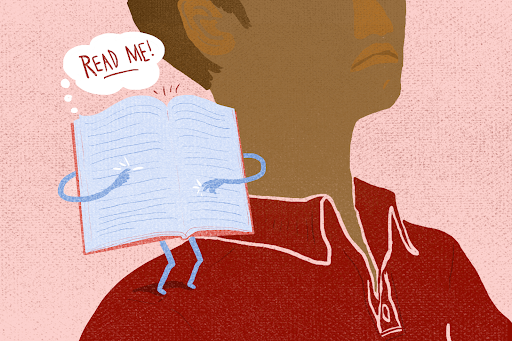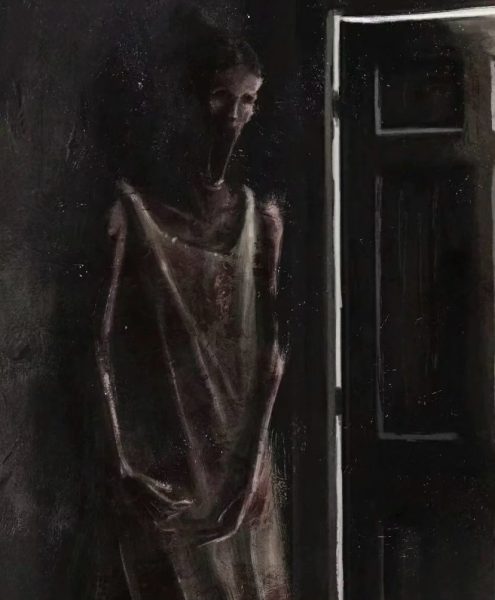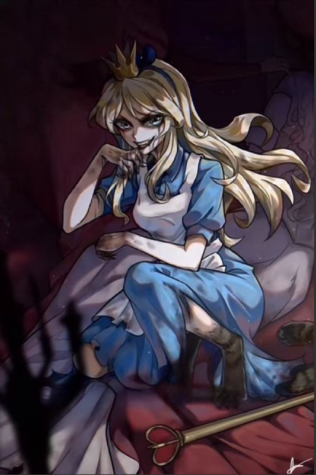Vine Shutdown: Endless Loops Reach an End
December 10, 2016
One may encounter vocalized admiration over a pair of Vans, water-bottle gymnastics, and dance fiascos on an app called “Vine.” Soon, though, on an unspecified future date, the popular app will be discontinued, bringing the energizing craze to a halt. Although an unfavorable decision for its 200 million users, an interest in profit continues to outweigh sentimentalism in the changing world of social media.
Despite recent tribulations, Vine maintained a high status since its introduction three years ago. The young trio of Dom Hofmann, Rus Yusupov, and Colin Kroll envisioned a video-platform that efficiently cut short shots and playfully replayed a six-second frame. The preliminary stages of their invention attracted the attention of many, ranging from friends to huge corporations. Before its official release, Twitter expressed interest in the platform and paid $30 million for ownership in 2012. In the following months, Twitter utilized Vines as visual complements to a tweet’s short body of text. The app gained momentum in 2013 and routinely topped the charts of the App Store.
When navigating the app, the feed of videos resembles a circus of acts. Musicians perform mini-covers, artists bring their creations to life with stop-motion, comedians deliver quick-witted punches, and average people capture memories.
Julia Cortigiani ‘18, with a visible grin, recounts when she “joined Vine in 2013 and discovered a completely different side of Vine, one of which entails a more artistic side of vine. It is impossible to not find something that appeals to [viewers] due to Vine’s plethora of categories.”
Despite Vine’s generic and wacky trends, it encourages creativity and relatability in its content. Vine has empowered many of its users—even turning Shawn Mendes into a household name.
As of this fall, the app’s rank plummeted to number 284 in the App Store. The drop is a shock to many, but fits into the greater scheme of social media trends. Successful apps undergo continuous transformations to satisfy users. Vine, however, derives its purpose from simplicity. Although Vine revamped its format and sharing options, the traditional six second loop concept is overshadowed by multi-featured Instagram, Snapchat, and Facebook competitors. The company also faced internal division as it attempted to form a unified vision.
However, the question of how to derive profit remained. Vine could integrate advertising into the platform as means of earning profit. But would viewers endure a thirty second advertisement to enjoy a six second vine? Would Vine stars detract from entertaining and focus on sponsored content?
Brian Soong ‘17 turns to economics, reasoning that “investors at Twitter inevitably become the oversight and driving force for the company, even if creative visionaries first started the project. No one would invest if there wasn’t some financial benefit. Ultimately, start-up companies have to cash-in at some point.” With Twitter’s tightening budget and need to monetize, Vine’s slim chance of survival perished.
Paying respect to the hard work of many Viners, Twitter announced its intentions to keep all of the app’s data on a website version of the app. While users can no longer upload content, the memories remain for future viewership. The end of Vine’s short-lived era may be a beginning for new platforms.








Blisse Kong • Dec 20, 2016 at 12:35 pm
This article provides wonderful background info to paint a colorful picture of Vine’s legacy. It also brings into focus the business motivation behind this, which shows the author’s passion.
Sri Guttikonda • Dec 20, 2016 at 12:33 pm
This article is very interesting and clearly captures the readers’ attention by addressing and describing a modern issue, and it is clearly evident that the reader is passionate and is understands the situation.
Miah Vesotsky • Dec 20, 2016 at 12:29 pm
I like the information!
Christina Heathcote • Dec 20, 2016 at 12:26 pm
Very Interesting!